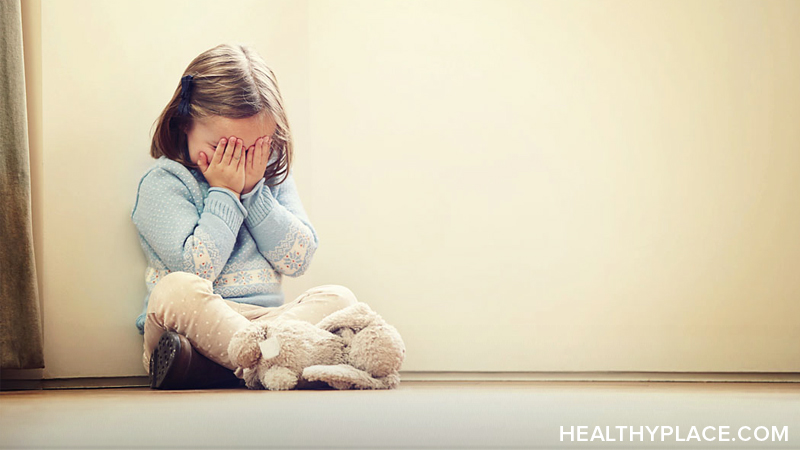Child Sexual Abuse Statistics

Child sexual abuse statistics have been collected for many years by the United States and other countries in an attempt to understand and stop child sexual abuse. These sexual abuse statistics are problematic however, as child sexual abuse is thought to be widely underreported. In fact, only 30% of child sexual abuse cases are thought to be disclosed during childhood.1
Additionally, child sexual abuse definitions have changed over the years as have the organizations that investigate child sexual abuse cases so statistics on child sexual abuse may inherently fluctuate.
What we do know, however, is that up to 80,000 cases of child sexual abuse have been reported in a given year although that sexual abuse statistic has fallen in recent years. Professionals are unsure why the number has fallen but caution that it may be due to other factors and may not actually represent a significant decrease in child sexual abuse. Child sexual abuse only accounts for about 8% of child abuse cases.2
Child Sexual Abuse Statistics – the Victim
Child sexual abuse victims are normally chosen because they are considered "easy targets" in one way or another. Often this is because the abuser already has a relationship with them and has developed trust with them and their families and may even have secured time alone with them. Children who are isolated or who have poor parent-child relationships or unavailable parents are also more likely to be victims.3
Professionals can only estimate the child abuse statistics on the prevalence of the problem and estimates vary widely:4
- Rates of female victimization range from 6-62% with most professionals believing the number is around 30%
- Rates of male victimization range from 3-24% with most professionals believing the number is around 14%
- Sexual abuse victims are found in all races and all socioeconomic groups
Child sexual abuse statistics also show that victims will deny the abuse, even after disclosure, far more often than they will make false reports.5
Read more about: Why Are Children Sexually Abused?
Child Sexual Abuse Statistics – the Abuser
According to child sexual abuse statistics, approximately nine-out-of-ten abusers are known by their victim. For example, they are coaches, babysitters or family members. Of the ten percent who are strangers, they may try to contact the child through the internet. This is often the case with child pornographers.6
Other child sexual abuse statistics about the abuser include:
- Most sexual abusers are male, whether the victim is female or male
- Women are the abusers in about 14% of cases against males and in about 6% of the cases against females
- Sexual abusers are aggressive with up to 50% using some force against their victim
- About 30% of abusers are family members
- About 25% of abusers are adolescents
- About 40% of non-incest abusers reoffend
- About 40% of abusers were, themselves, victims of sexual abuse
- In some cases, the abuser may abuse large numbers of victims (more than 70) before they are found out. In these cases, the victims are more likely to be male.
Read more about: Sexual Abusers - Who are These Child Abusers?
APA Reference
Tracy, N.
(2021, December 17). Child Sexual Abuse Statistics, HealthyPlace. Retrieved
on 2025, November 29 from https://www.healthyplace.com/abuse/child-sexual-abuse/child-sexual-abuse-statistics



